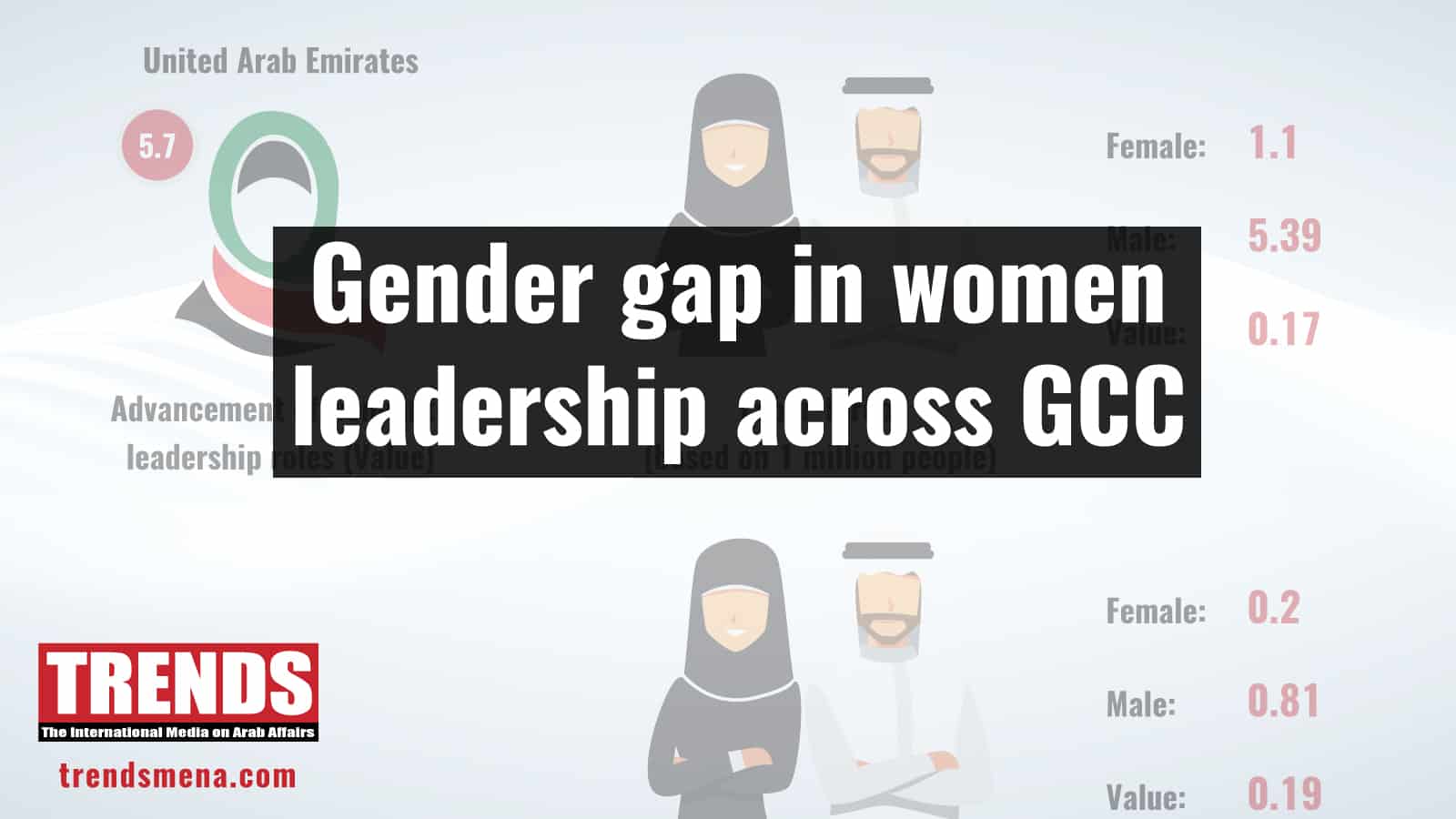Dubai, UAE — Young women in the MENA region are more likely to be in the workforce, while the GCC countries — particularly the UAE, Saudi Arabia, and Qatar—have seen advances in labor force participation, according to a PwC report published in December last year.
Read: Skills help women get more jobs across MENA: PwC Report
The survey highlighted that a large group of younger women are more likely to go to work and remain in employment to fulfil their ambitions.
The biggest economy in the region, Saudi Arabia has witnessed a 35.6 percent increase in the women’s economic participation, while the UAE’s continued efforts to improve gender diversity in the boardroom have led to more women holding board positions by June 2022 year (8.9 percent), up from 3.5 percent in 2020, according to research undertaken by Aurora50, a social enterprise working towards gender parity in GCC boardrooms, and Mohammed Bin Rashid School of Government.
Despite these efforts, there is a very wide gender gap in leadership roles in the region. While North America leads all regions, having closed 76.9 percent of its gender gap in 2022, the Sub-Saharan Africa stands at sixth place with 67.8 percent of the gap close.
Trailing over four percentage points behind Sub-Saharan Africa is the Middle East and North Africa, which has closed 63.4 percent of its gender gap.
The MENA region is ahead only of South Asia which reports the lowest performance, having closed 62.4 percent of its gender gap in 2022.
TRENDS takes a look at the gender leadership gap in GCC countries:









